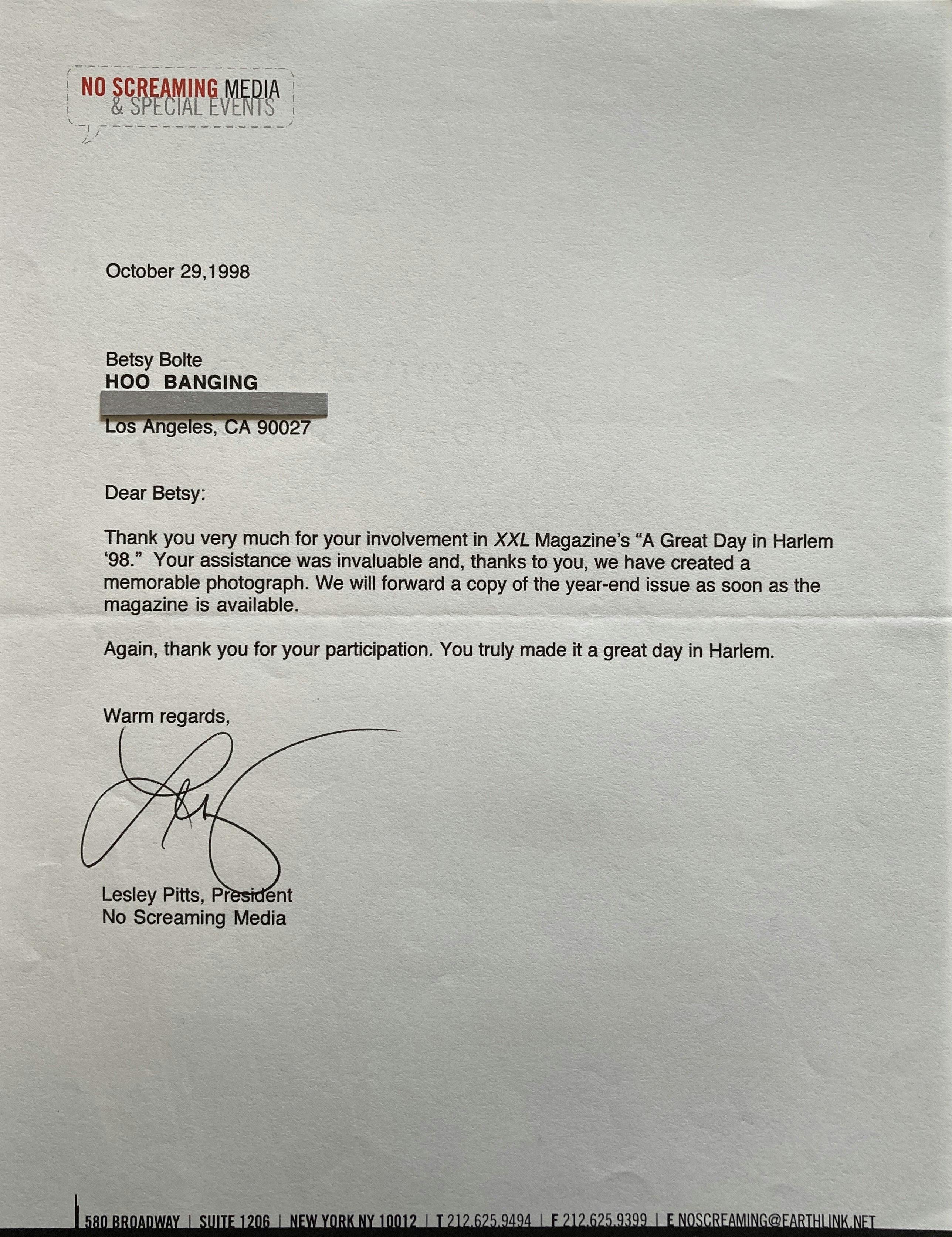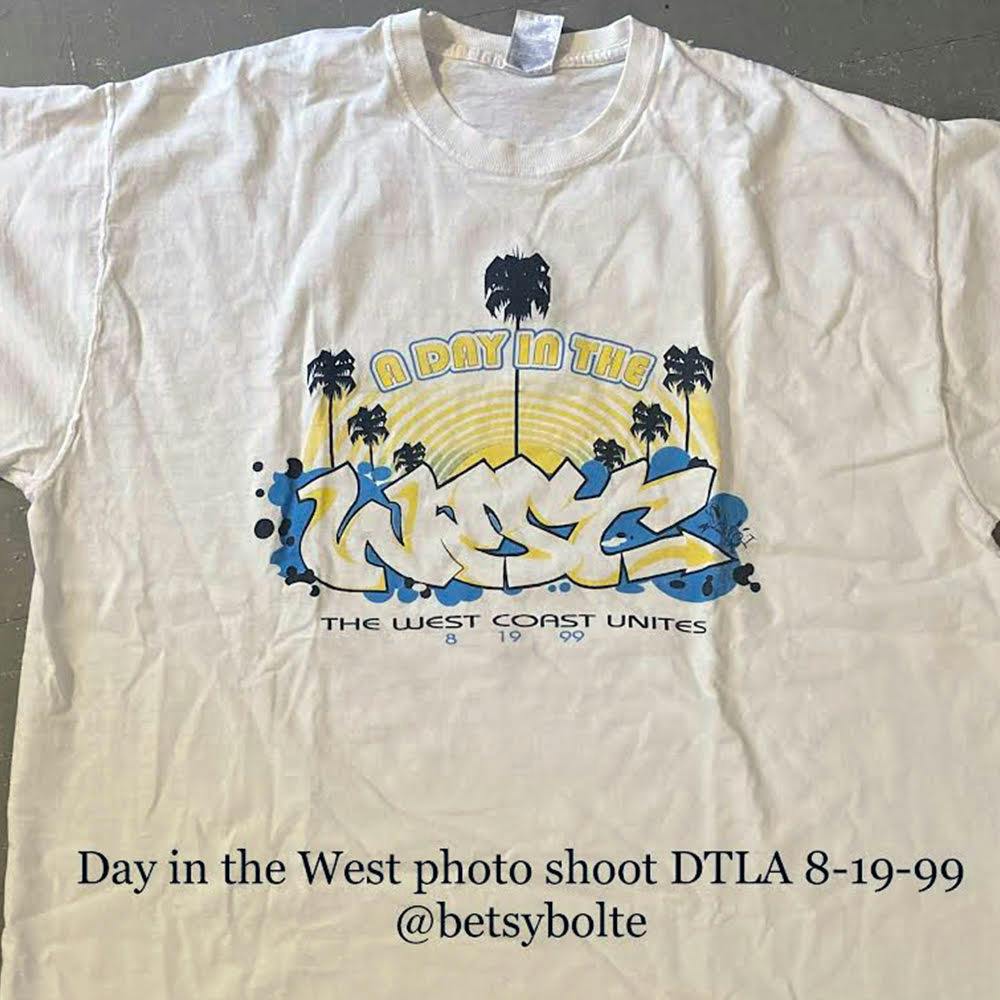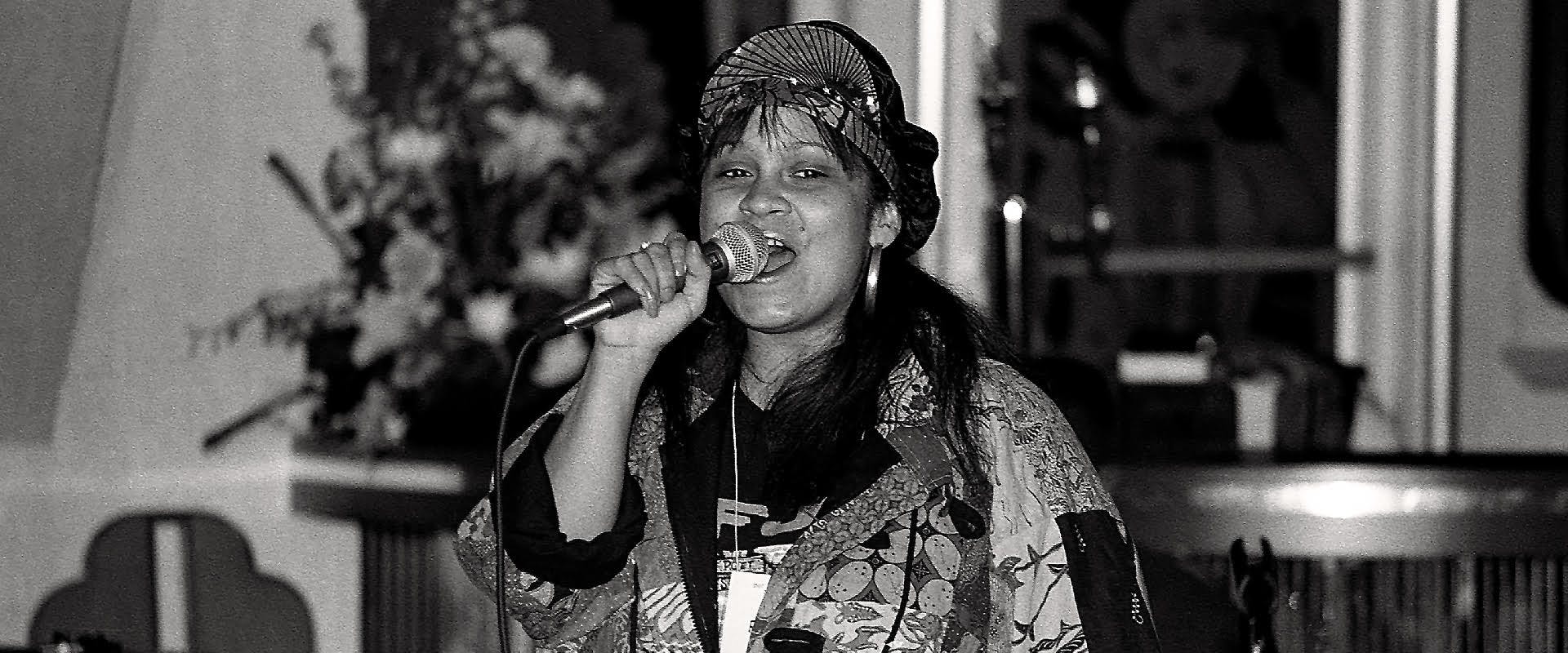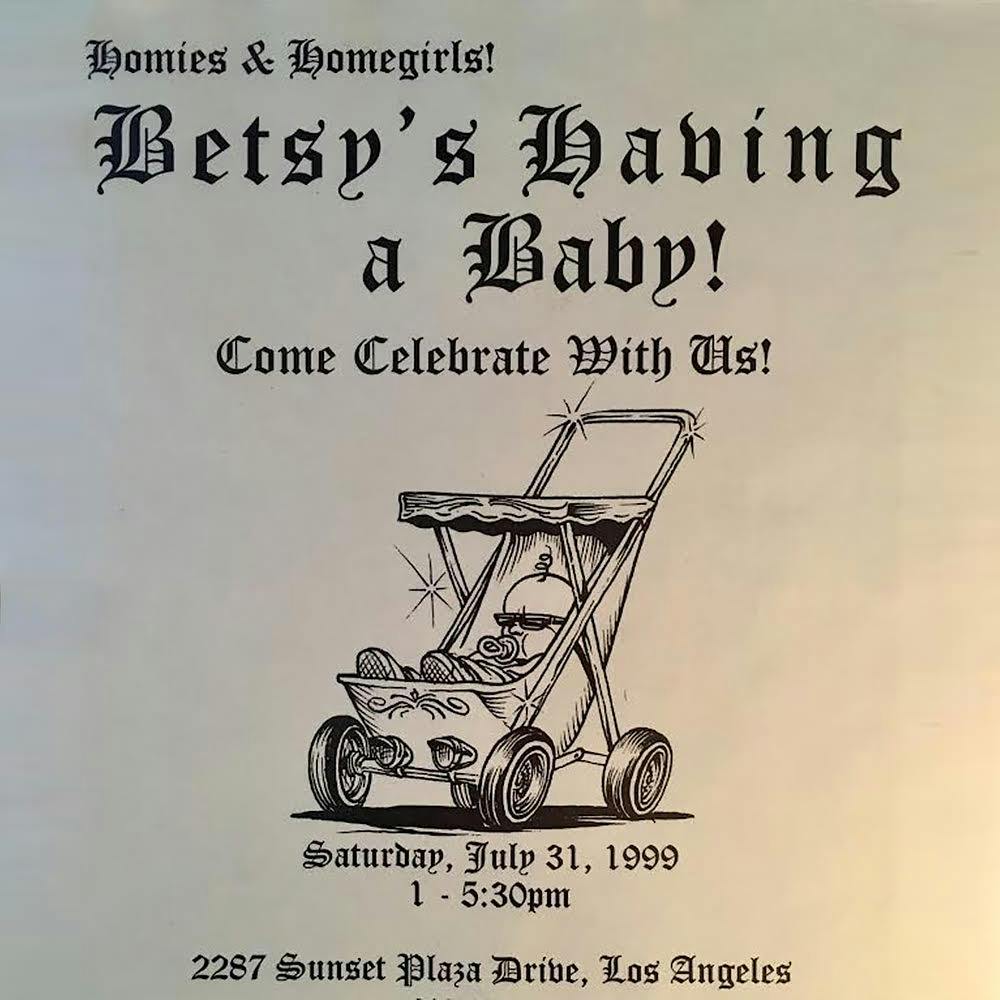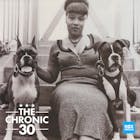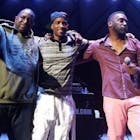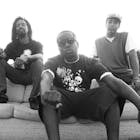features
The Legendary Hip-Hop Photo You've Never Seen (And Probably Never Will)
The Legendary Hip-Hop Photo You've Never Seen (And Probably Never Will)
Published Wed, January 12, 2022 at 10:00 AM EST

August 19, 1999 was supposed to be a showcase of the power of just how far Hip-Hop had come.

"The fact that all 57 musicians agreed to show up for a 10am photoshoot is a true testament to how dedicated they were. These musicians did not gather together on this early morning because they thought they would be paid or instantly be made an international superstar. Rather, they did it to celebrate the golden age of jazz and all that it stood for. Jazz was never just a genre, it was a way of life. And it still is.’"
- Quincy Jones

“For like the first time, five years into our career, they’re like, ‘Meet Rakim, meet Wu-Tang, meet Jermaine Dupri’—all these greats, Kool Herc and the Cold Crush Brothers, like we’re meeting them all for the first time. That was a really, really special day for us and to see him [Parks] there in the eye of the storm, just cool, calm, and collected and not panicking. Such an innocent moment was something to behold; it was so surreal and beautiful that I’m really proud to be part of this photo.”
- Questlove

"Every now and then, I'll get somebody who asks me, 'What happened to that picture that Arnold took?' And I'm just like, 'I don't know.'"
- Felicia Morris

